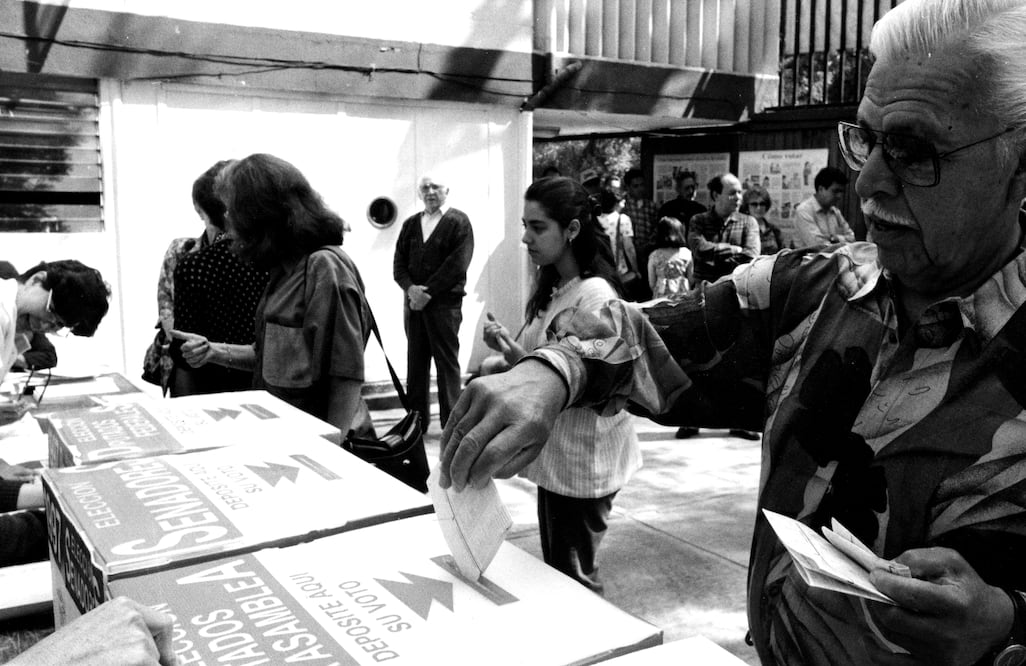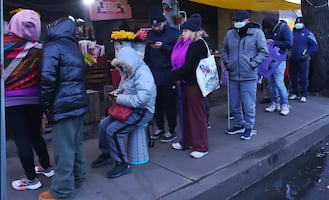Más Información

Sheinbaum exige a la ONU intervenir en conflicto entre EU y Venezuela; México podría ser “un punto de negociación”, dice

Detienen a 3 miembros de célula dedicada al uso de artefactos explosivos en Michoacán; los ligan a extorsiones
According to the trends of the last 27 years, abstention for the upcoming 2018 General Election could be as high as 34.5%.
While experts claim it’s risky to talk numbers and predictions, they consider there are three main factors which can have a considerable impact on voter turnout .
The first is the number of public positions to be voted on and the number of states that will hold local elections – over 30 – which encourage more participation.
The second is electoral polarization, visible thus far in two aspiring presidential candidates: Andrés Manuel López Obrador , of the left National Regeneration Party (MORENA) party, and José Antonio Meade, of the center-right Institutional Revolutionary Party (PRI).
The third consists of the perception of importance , which could be a motivation to drive people to the urns, according to Marcela Bravo, professor at the National Autonomous University and expert on electoral systems.
“ Smear campaigns are a controversial subject but I believe they spread more information useful for the decision-making process, and they promote engagement. The bigger the dispute and the tighter the contest, the more people feel they will play a role in defining the outcome, as they either don’t want to risk change or because they do,” she claims.
Former UNAM professor and former councilor of the Federal Electoral Institute (IFE), Macarita Elizondo, says there are other elements which could attract voters, such as more public debate, the possible participation of independent candidates, and the proposals of the candidates.
In the official electoral registry (a.k.a the voter’s list) of the National Electoral Institute (INE), there are currently 87.8 million Mexican citizens registered.
According to the "Comparative Study on Citizen Engagement in the Federal Elections of 2009, 2012, and 2015," prepared by the INE, presidential elections always draw more people.
The average percentage of people who vote in mid-term elections (held every 3 years to elect the 500 members of the Chamber of Deputies) is of 51.23% , according to data gathered from the five elections which have taken place from 1991 to 2015.
The largest percentage of abstention were the elections of 1997, when 42.31% of registered voters failed to cast their vote.
Within the same time period – 1991 to 2015 – there have been four presidential elections and the average percentage was 65.44% .
According to the President Councilor of the INE, Lorenzo Córdova, the electoral reform of 2014 brought an increase in voter turnout, which is why
The greats voter turnout in Mexico's history were the presidential elections of 1994, when 77.16% of registered citizens voted, and there was only a 22.84% of abstention.
am
Noticias según tus intereses
[Publicidad]
[Publicidad]












